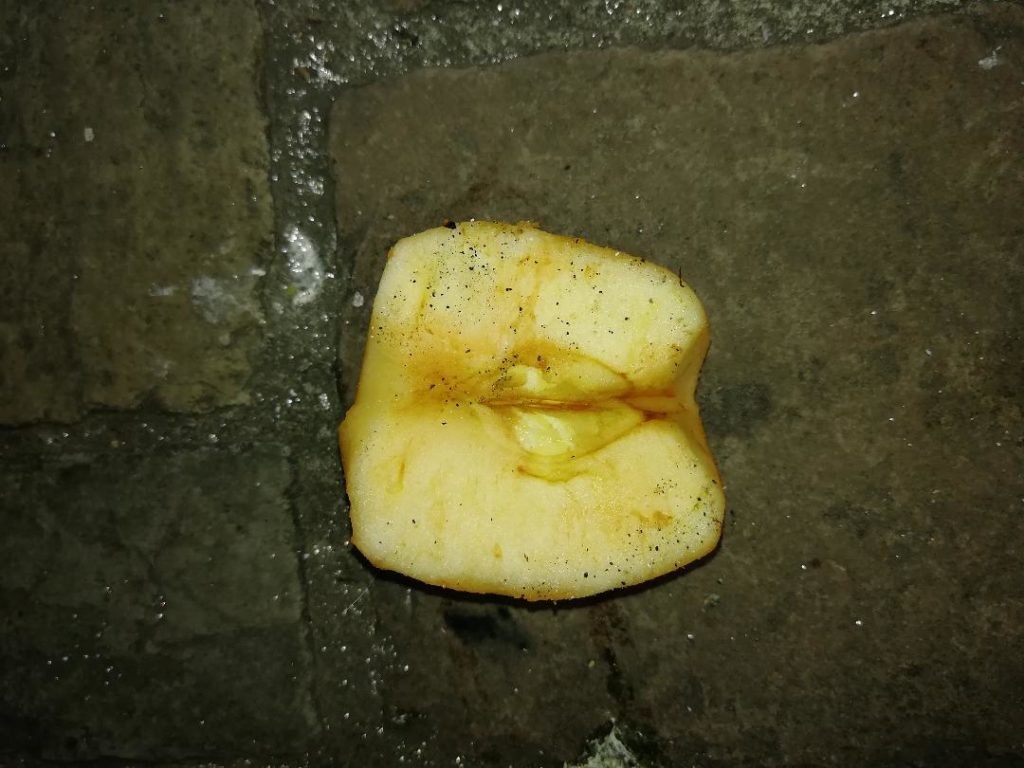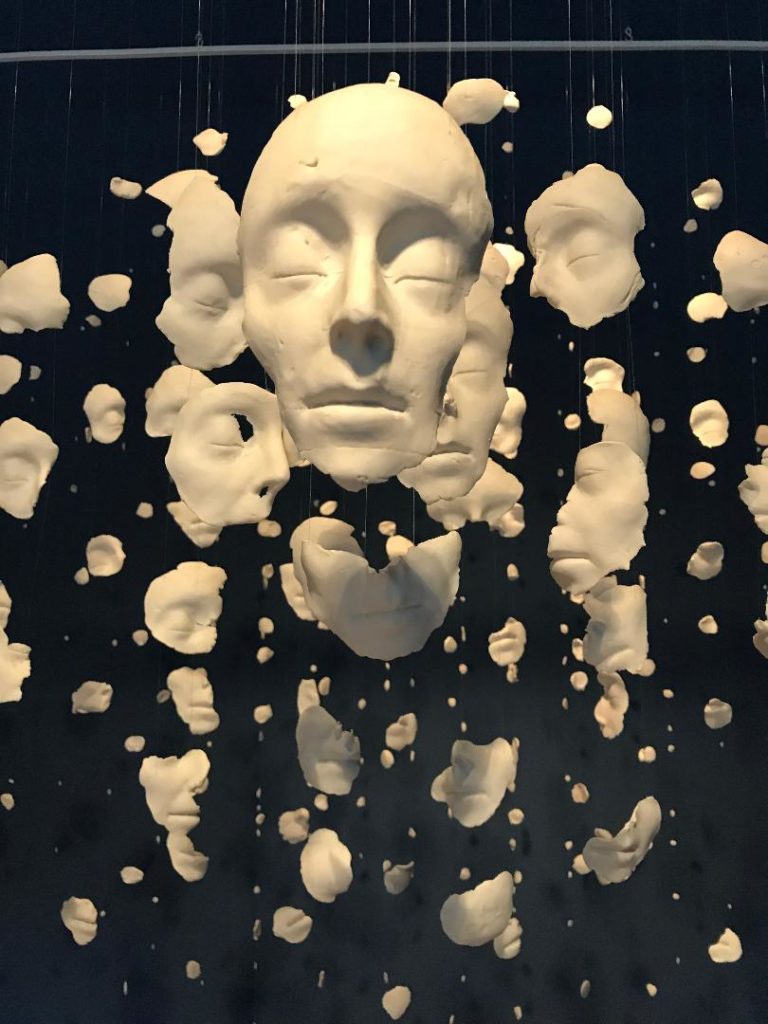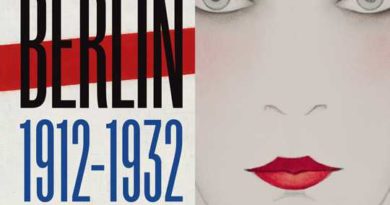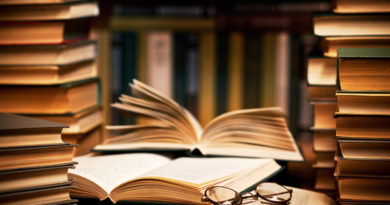Brussels Writers Series 1: Inspired by the city’s enigmas
On a pavement down the road from my flat in Ixelles, I saw a half-apple, peeled, rounded-side up – not once, but week in, week out. For almost a year now, I’ve been seeing this sculpted apple. In the other direction, on a window sill, I saw a new piece of burnt toast, unbitten, several weeks in a row. Both made me wonder what messages are hiding in these everyday happenings that I’ve too often walked past and missed.
The half-apple inspired a poem, and the poem made people in the Brussels Writers Circle ask what was behind the half-apple, so I wrote a short story. I’d love to know the reality behind this peeled half-apple, but I fear it is probably best that this enigma remain unsolved.

Why did I come to Brussels?
The simple answer is my day job, no, my vocation – I worked in England on trying to improve the environment and was offered an opportunity to come to Brussels. If there is anywhere in the world where being armed with facts and good arguments has a chance of making a difference to policy, it is here, in Brussels, where decisions that affect 500 million lives are made. I knew I’d miss London, my adopted home, but I jumped at the chance. I now work for an international NGO fighting the good fight. The more complex answer as to why I came and stayed, is that I yearned for a truly intercultural home – as a German, who grew up in Australia, Japan and England, and studied in the UK, France and Mexico, I fit in best where everyone is a mix of two or more cultures. That is easy to find in Brussels.
What inspires me in Brussels?
Christmas lighting and installations. On the Rue de la Violette last year, and the year before, colossal square wire and white fabric domes dotted with lights were hoisted between the buildings. Tendrils of light hung beneath and between them – a network of electric jelly-fish hovering above our heads. We walk in no fear under their swaying tendrils.
Musiekpublique near Porte de Namur offers music from across the world to my neighbourhood macrocosmic microcosm – the astonishing Tchavolo Schmitt and Boulou Ferré played here, as two threads of a rich musical tapestry woven over time. Yes, I love gipsy-jazz. If you prefer the outdoors – a Brussels institution of manouche artists often jam near the Mont des Arts, the Grand Place or the Sablon – with an inimitable double-bass player who thwacks the chords of his battered giant instrument, sending the rhythm straight to one’s core. Roam the streets, and you’ll find dozens of first-rate musicians playing in a square near you.
If you prefer indoor jazz, try Sounds Jazz Club, just behind Place Fernand Cocq. And there is always the Couleur Café. There are more museums than days in the month in Brussels. I’ll mention two on opposite ends of Brussels that stand out for me – the MIMA museum on the refurbished Brussels canals with its exhibition of protest posters – GET UP, STAND UP! (on till 30 September) – that remind us of the importance of fighting for a cause. On the edge of the magnificent Bois de la Cambre stands the Boghossian Foundation at the Villa Empain, with its eclectic, inter-cultural exhibits that tackle controversial themes head-on. I remember an exhibition using cut carpets to make a case against war – Heaven and Hell: from Magic Carpets to Drones. Jet fighters were cut out of middle eastern carpets; another work showed shattered carpets, a third arrows piercing a flying magic carpet. Images that remain.
The Boghossian Foundation shared more poetic images in its August 2018 exhibition Melancholia, with, for example, the face comprising hundreds of floating ceramic fragments, by the French sculptor Samuel Yal, evoking the impossibility of single representations of us, and of the multiple elements that make us who we are. It felt to me as if the ceramic fragments were each and every one of us in Brussels, affected and inspired by the hundreds of interactions in a rich and complex city.

What makes life in Brussels extra special for me?
Brussels’ multi-culturalism, the opportunities to appreciate its diversity, having a sense of place and belonging, and engaging with like-minded people. Three years ago I stumbled across the Brussels Writers Circle, an informal network of emerging writers. A dozen people from different countries come together on Tuesdays and Thursdays to give constructive feedback, the passion for the written word creating an informal cross-cultural community. I had just finished the first draft of my novel, and they invited me to be one of the readers. Three years later, I have the honour of bringing together the 54 works from our 100+ membership into an anthology – The Circle – which will be launched on the 22nd of November at Waterstones in Brussels, and is also available online here.



